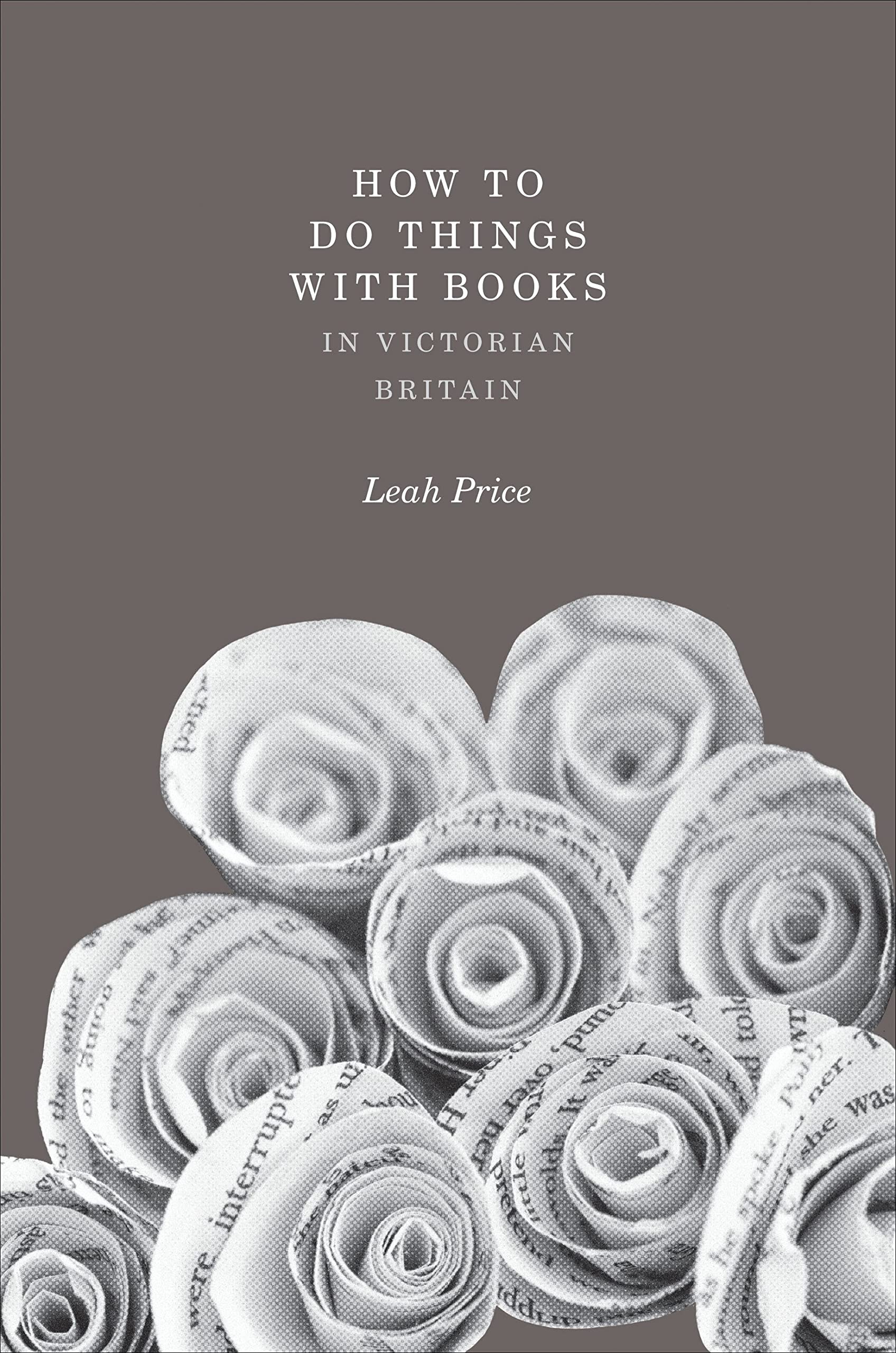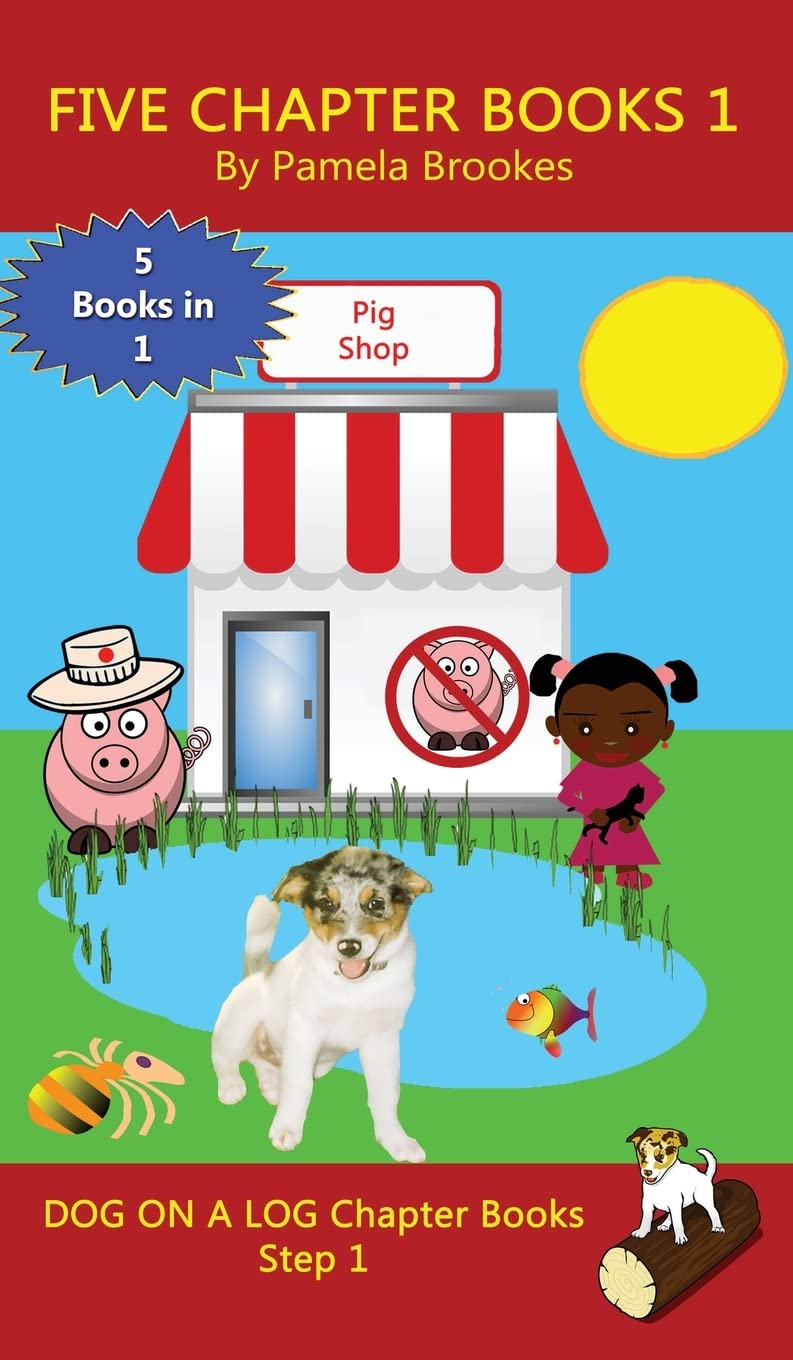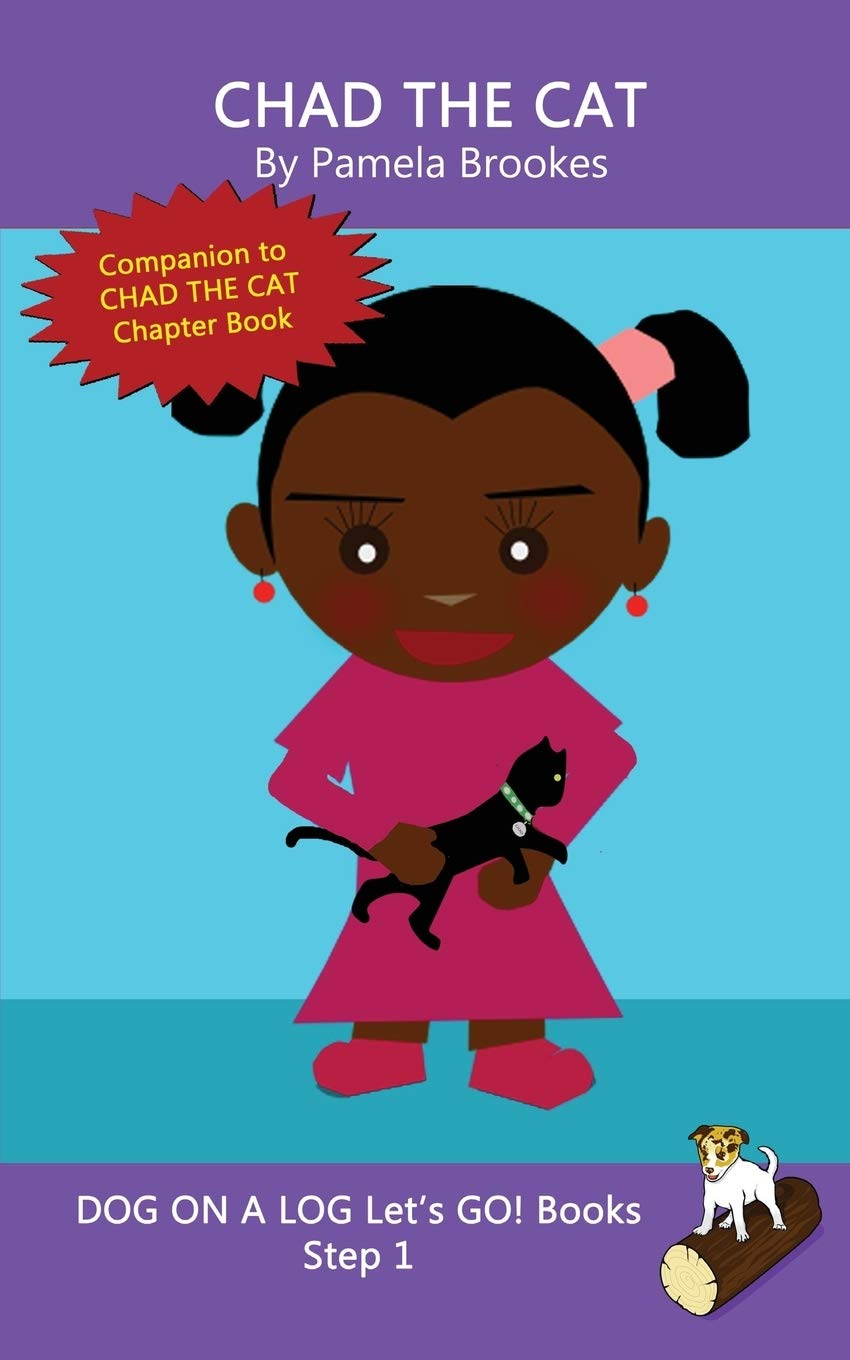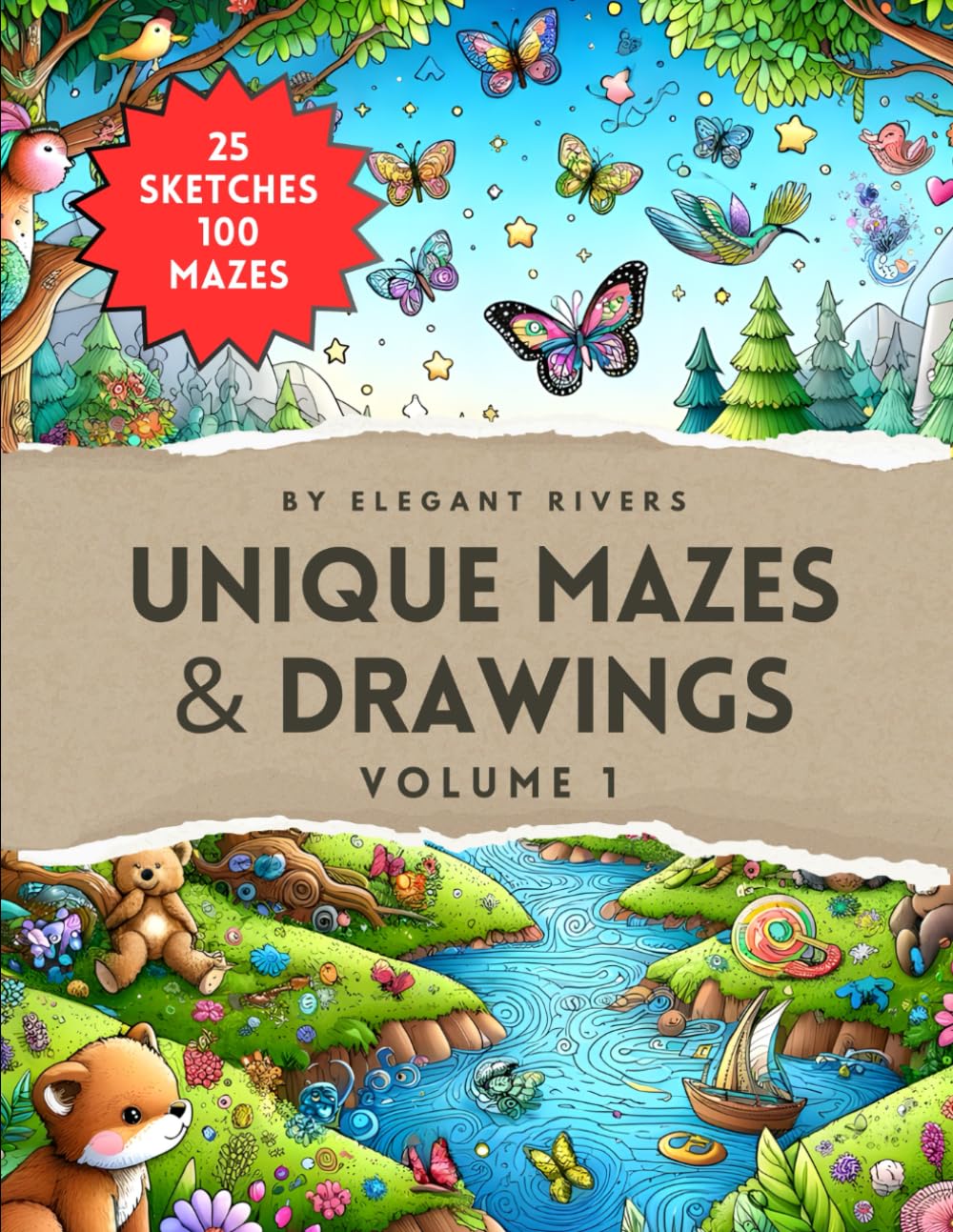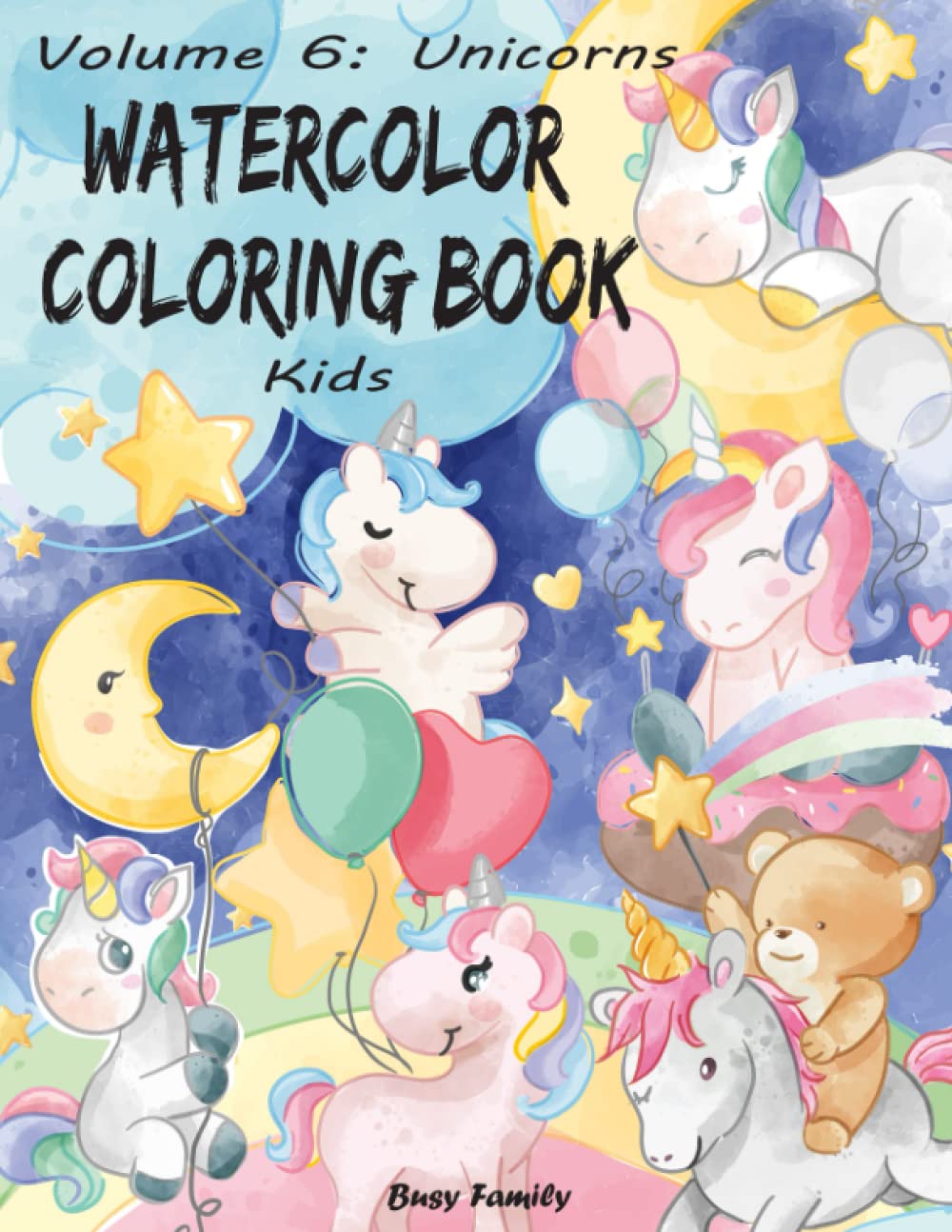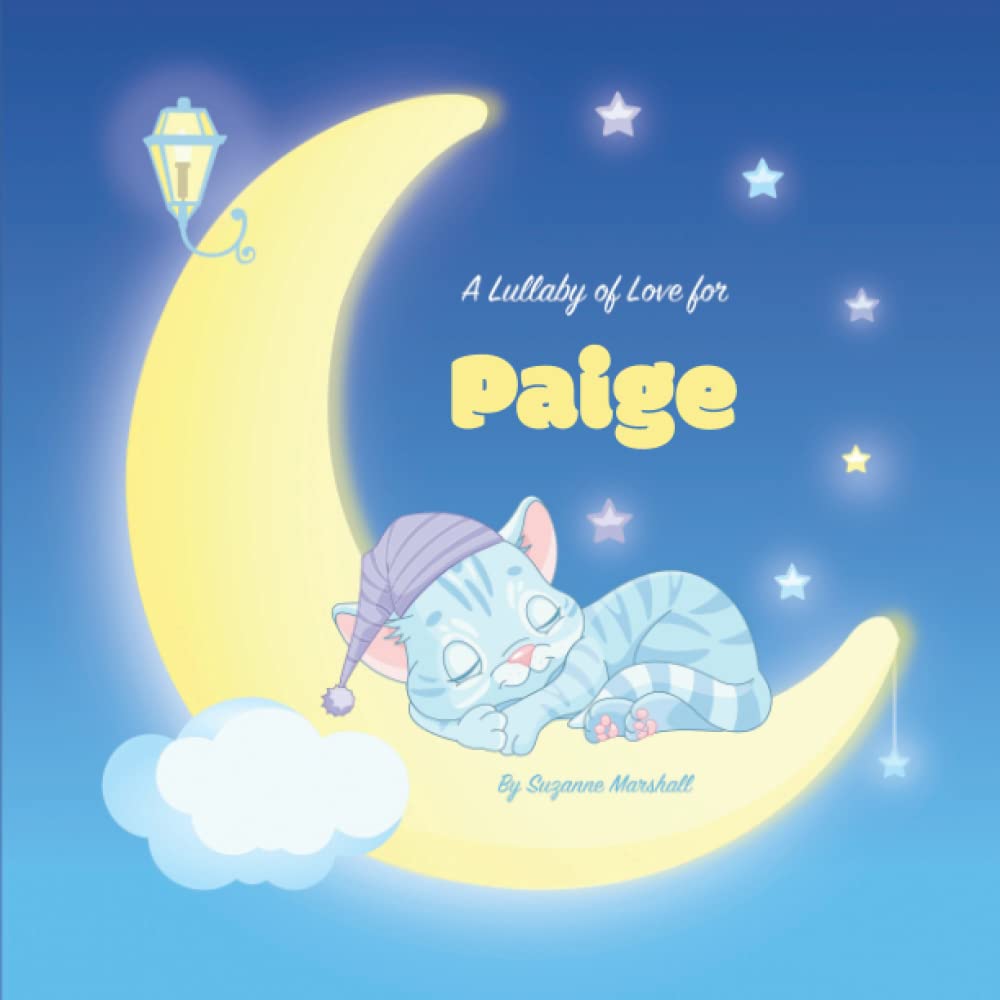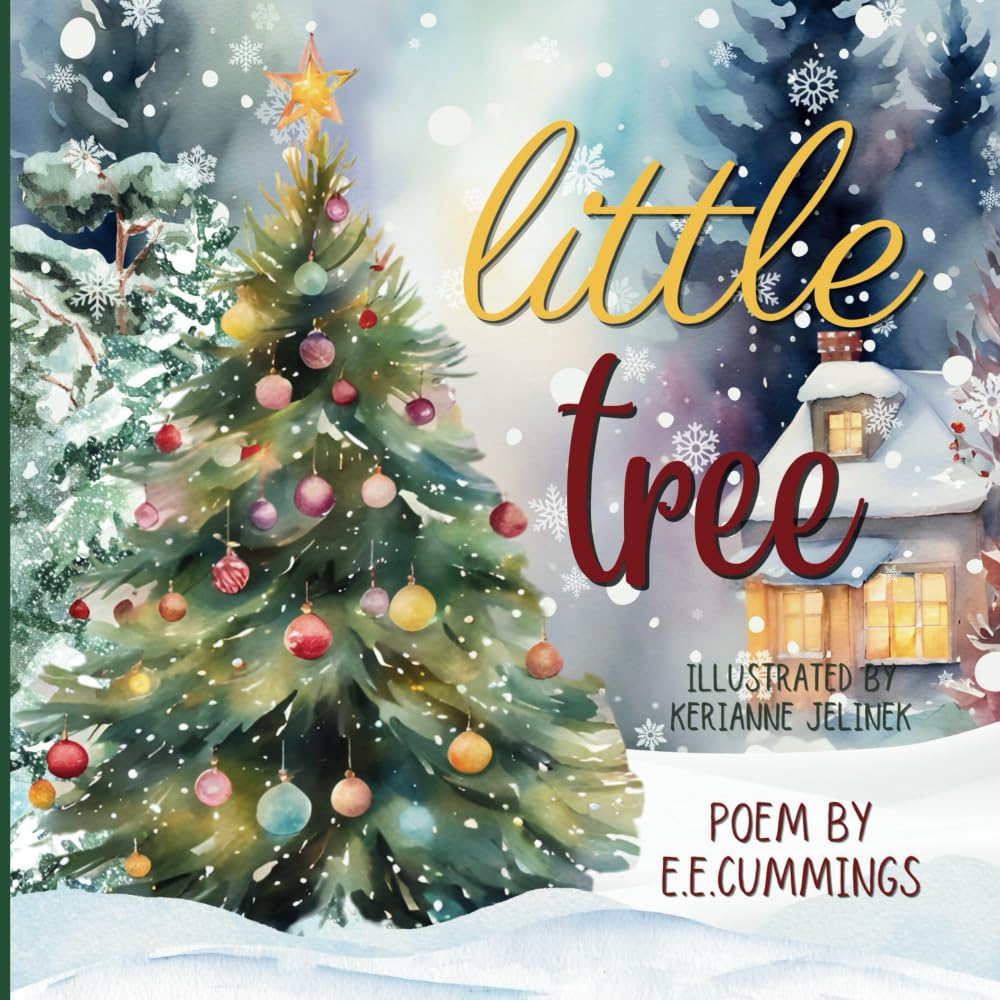How to Do Things with Books in Victorian Britain asks how our culture came to frown on using books for any purpose other than reading. When did the coffee-table book become an object of scorn? Why did law courts forbid witnesses to kiss the Bible? What made Victorian cartoonists mock commuters who hid behind the newspaper, ladies who matched their books' binding to their dress, and servants who reduced newspapers to fish 'n' chips wrap? Shedding new light on novels by Thackeray, Dickens, the Brontës, Trollope, and Collins, as well as the urban sociology of Henry Mayhew, Leah Price also uncovers the lives and afterlives of anonymous religious tracts and household manuals. From knickknacks to wastepaper, books mattered to the Victorians in ways that cannot be explained by their printed content alone. And whether displayed, defaced, exchanged, or discarded, printed matter participated, and still participates, in a range of transactions that stretches far beyond reading. Supplementing close readings with a sensitive reconstruction of how Victorians thought and felt about books, Price offers a new model for integrating literary theory with cultural history. How to Do Things with Books in Victorian Britain reshapes our understanding of the interplay between words and objects in the nineteenth century and beyond. "Winner of the 2014 Robert Lowry Patten Award, SEL Studies in English Literature 1500-1900" "Honorable Mention for the 2012 James Russell Lowell Prize, Modern Language Association" " How to Do Things with Books in Victorian Britain alternates between a dense critical unpicking of the ways in which books, reading and writing feature in Victorian fiction and non-fiction, and a strong cultural history of texts, writing and reading in social contexts. The long introductory section offers a detailed study of Victorian novelists' depictions of actions done to or with books, newspapers, or pamphlets." ---David Finkelstein, Times Literary Supplement "Leah Price's point--very cleverly made--is that Victorians did many things with their reading matter other than read it. One of her more striking examples is of fashionable ladies selecting a book to carry on the basis that its binding (silk-board, preferably, never calf) would match their dress that day. . . . Price is very entertaining on men's use of newspapers to create little zones of domestic, noli-me-tangere privacy. . . . Price asks extraordinarily good questions with wider import [and] has uncommonly brilliant things to say about the things Victorians did with their bookish things." ---John Sutherland, Literary Review "Price's work perches at the leading edge of a growing body of investigations into the history of reading." ― Chronicle of Higher Education "[H]ighly enjoyable, well researched and referenced." ---Julia Peakman, History Today "Leah Price has challenged every book historian, librarian, and reader of secular or spiritual scripture to think through the object we fondle or maul and the ways in which it circulates in whole and in pieces through our home and global economies. . . . [T]here's no doubt in my mind that this is a potent intervention in the study of material culture. No one who cares about books should miss handling and reading it." ---Robert L. Patten, Review of English Studies "If you are a literary scholar or a historian whose turf is Victorian Studies . . . you are probably aware of Price's book already. If not, you should add it to your must-read list. If you are interested more generally in the history of the book and reading, especially in connection with current talk about the state and fate of reading--if, for example, you enjoyed Alan Jacobs' The Pleasures of Reading in an Age of Distraction --you should read Price. And if you have noted the revival of 'materialism'--as a creed, so to speak, in which the writer explicitly affirms his or her faith--you will certainly want to get this book." ---John Wilson, Books & Culture "Price's writing is clever and her tone accessible." ---Jillian Mandelkern, Library Journal "[T]ells a compelling 'it-narrative' of its own about the ideological ways in which we handle books and impose them on others." ---Valerie Sanders, Times Higher Education "The printed book, certainly, will always be part of our media environment, although perhaps in unexpected ways. This lends particular interest to How to Do Things with Books in Victorian Britain , by Leah Price, a Harvard English professor. Her study is set in an era when mass production of books had not yet quite eliminated a sense of the book as a peculiar object in its own right, quite apart from its content, or as we say now, the 'text.' The book, Victorian readers knew, had more uses than simply conveying that text." ---Philip Marchand, National Post "Price does an excellent job in explaining the how and why of books during the era by discussing how the readers perceived themselves (men read newspapers to le
